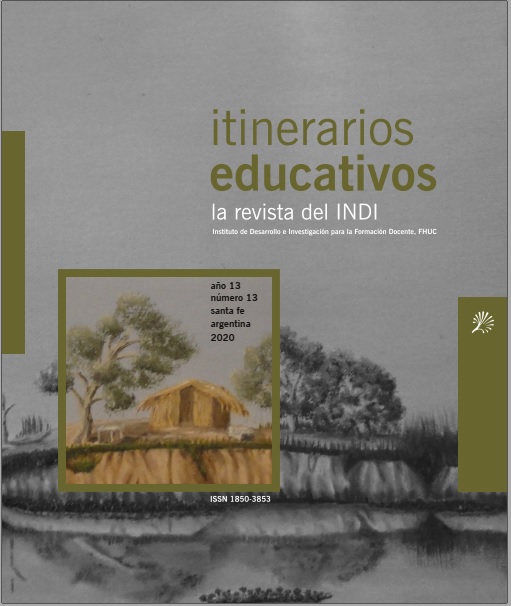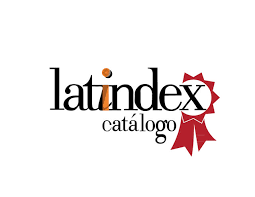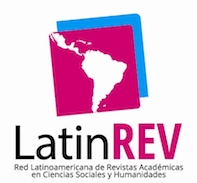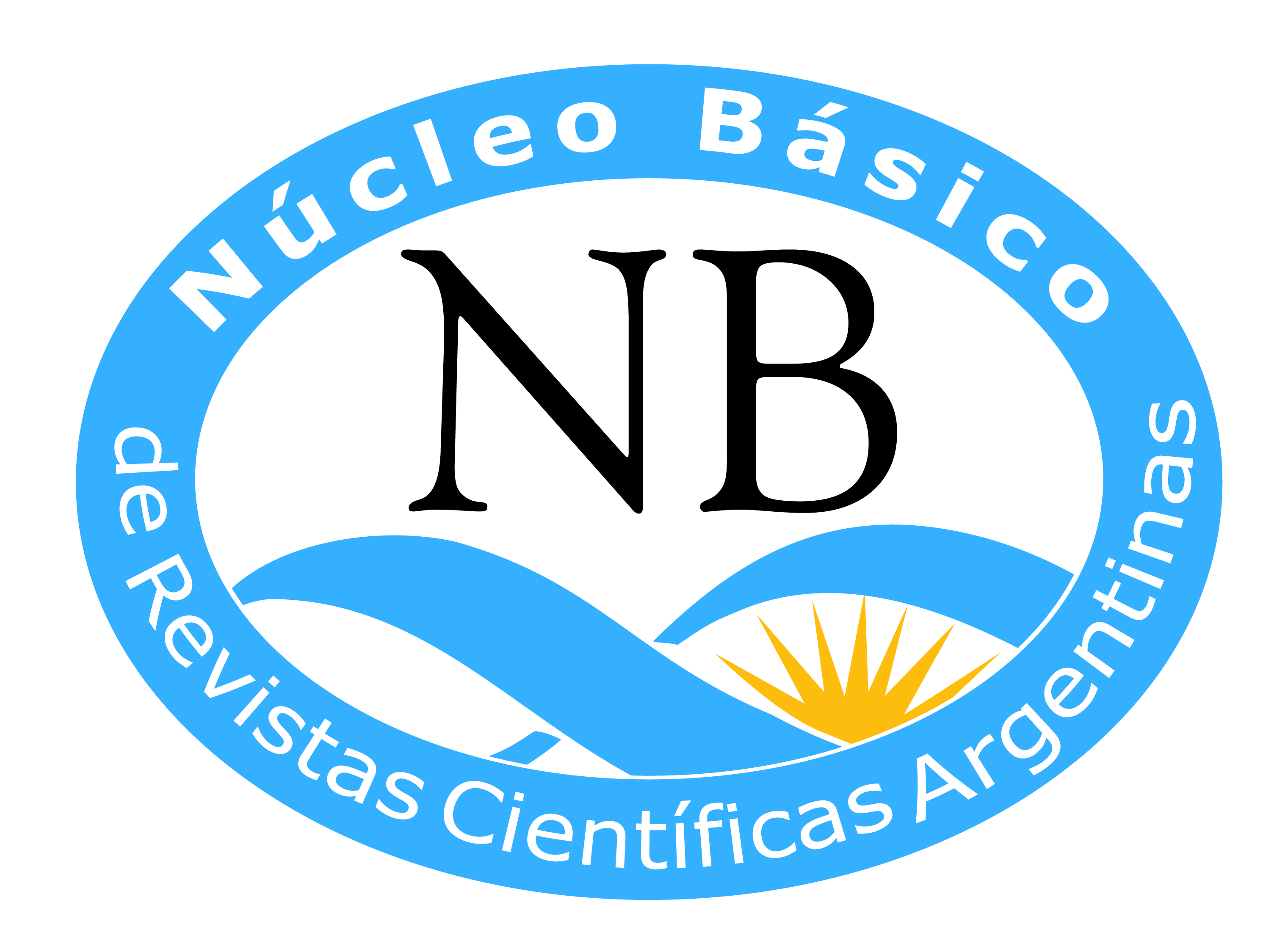Collaborative and Interinstitutional Networking as a Professional Way of Addressing Education During the COVID-19 Pandemic
DOI:
https://doi.org/10.14409/ie.v0i13.9884Keywords:
Pandemic, natural science teaching, collaborative networking, virtual communities, systematization of experiencesAbstract
This article presents an experience dealing
with a network developed by trainers of educators in
the field of Natural Sciences working in six Higher Education Institutes in the province of Santa Fe, Argentina,
during the period of preventive and mandatory social
isolation due to the Covid-19 pandemic. Suspension of
teaching activities in traditional physical spaces and the
subsequent irruption of the distance education model as
an alternative to give continuity to training processes at
Higher Education was an event that urged to be faced.
The initial confusion gave way to a collective, plural,
and cooperative initiative, framed in an interinstitutional research project through collaborative networking
that prevented us from being trapped by immobility.
The work –fully developed by means of digital communication technologies– not only allowed us to build
knowledge about Natural Science teaching practices
developed in primary schools along the first weeks of
the quarantine, but it also generated a democratic and
participatory environment in virtual communities. This
exchange of diverse knowledge, materials, and experiences enriched us at both professional and human level.
The present work addresses our effort to systematize
the group experience.
Downloads
Published
How to Cite
Issue
Section
License
Those authors who have publications with this magazine, accept the following terms:
The authors will retain their copyright and guarantee the journal the right of first publication of their work,
which will be simultaneously subject to the Creative Commons Recognition License that allows third parties to share
the work whenever its author and first publication this magazine.
Authors may adopt other non-exclusive licensing agreements for the distribution of the published work (eg, deposit
it in an institutional telematic file or publish it in a monographic volume) whenever the initial publication in this
journal is indicated.
Authors are allowed and advised to disseminate their work through the Internet (eg, in institutional telematic files
or on their website) before and during the submission process, which can produce interesting exchanges and increase
citations of the published work. (See The effect of open access).
















